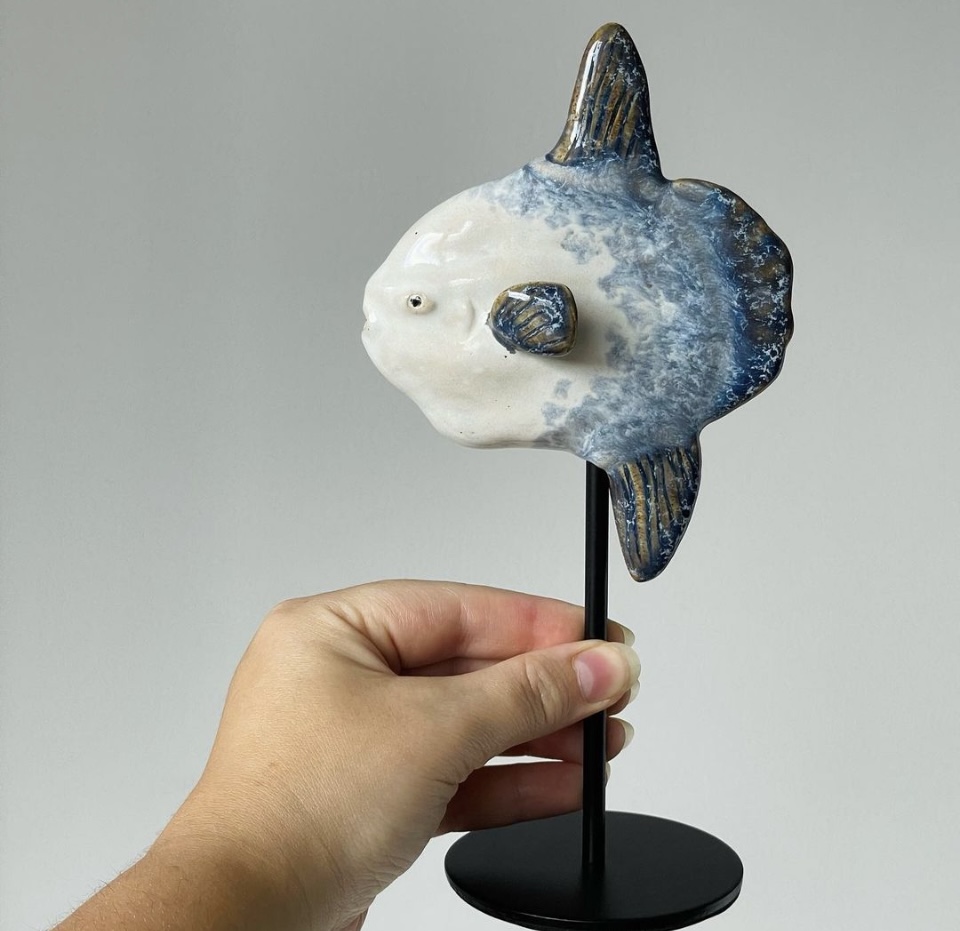Enjoy a 30% discount using the code CEBUB30 before October 15th
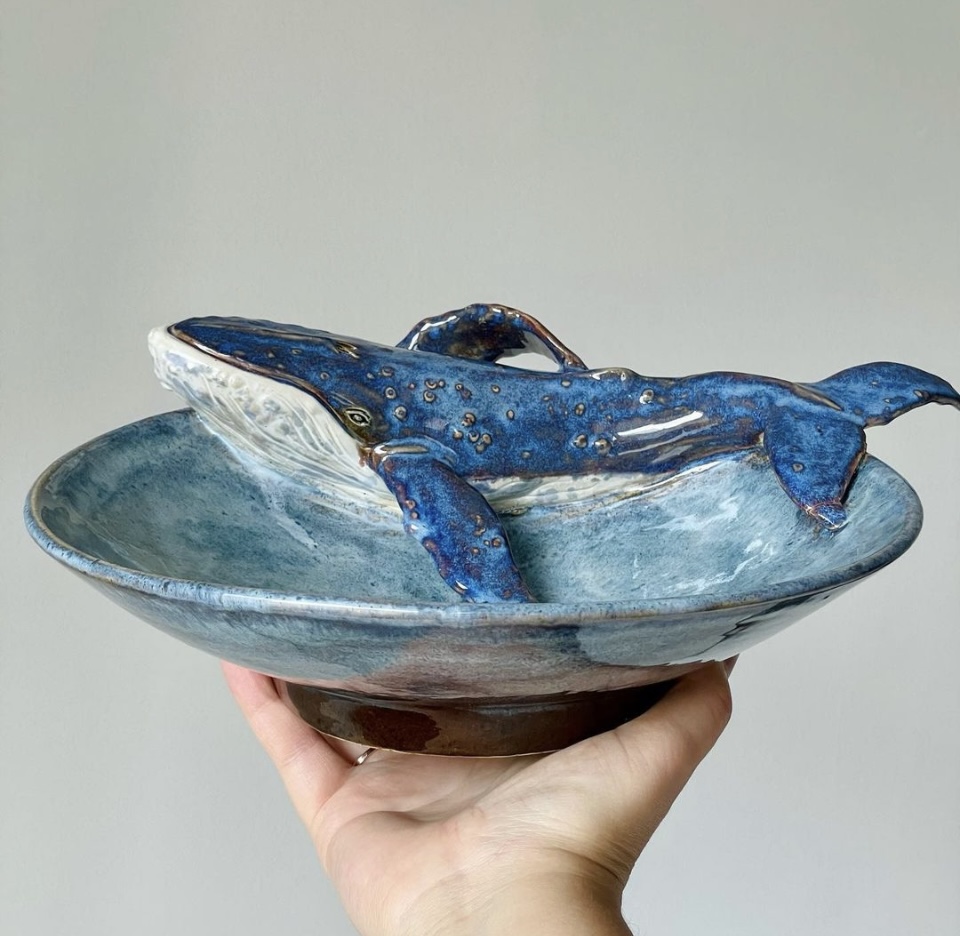
Introduction
Ceramics, an ancient and ever-evolving art form, have been a cornerstone of human creativity and practicality for thousands of years. The word ‘ceramic’ originates from the Greek term ‘ceramics’, meaning ‘of pottery’ or ‘for pottery’. Throughout history, from the earliest pots and figurines to modern high-tech materials, ceramics have played an integral role in the development of civilizations. They are not just products of earth and fire; they are a testament to human ingenuity, transforming simple materials like clay into objects of beauty and utility.
The diversity of ceramic materials is astounding. They range from the humble earthenware of ancient pottery to the sophisticated porcelains that once graced the courts of emperors, and to the advanced ceramics that now find applications in cutting-edge technologies. This variety is not just in their aesthetic appeal but also in their functionality, composition, and production processes. Each type of ceramic material presents a unique blend of artistry and science.
Understanding ceramics requires exploring the four major types: earthenware, stoneware, porcelain, and advanced ceramics. Each of these types has its distinct properties, manufacturing processes, and uses that have evolved. This exploration is not just about the technical aspects; it’s about appreciating the cultural significance and historical context that have shaped these materials into what they are today.
Earthenware represents the most ancient and widely used form of ceramics. Made from clay fired at relatively low temperatures, it retains the warmth and simplicity of its origins. Earthenware’s porous nature and rich, earthy tones speak of its connection to the land and the hands that shaped it.
Stoneware, a step up in terms of durability and strength, is known for its denseness and resistance to liquids, thanks to the higher firing temperatures. Its versatility has made it a popular choice throughout history, from daily kitchenware to decorative art pieces.
Porcelain, often referred to as ‘white gold’, stands out for its delicacy, translucency, and high strength. Originating in China, porcelain was once a coveted item in the world of fine art and a symbol of affluence and taste. Its production was a closely guarded secret, giving it an aura of mystery and luxury.
Lastly, advanced ceramics break the traditional mold, moving beyond art into the realm of science and technology. These materials are engineered for specific properties like heat resistance, electrical conductivity, or exceptional strength, making them crucial in modern applications like aerospace, biomedical implants, and electronics.
As we delve into each type of ceramic, we will explore not just their physical and chemical properties, but also the stories they tell — stories of human innovation, cultural exchange, and the relentless pursuit of both beauty and utility. This article aims to provide a comprehensive understanding of these four types of ceramics, illuminating their roles in both the past and the present, and perhaps offering a glimpse into the future of this fascinating field.
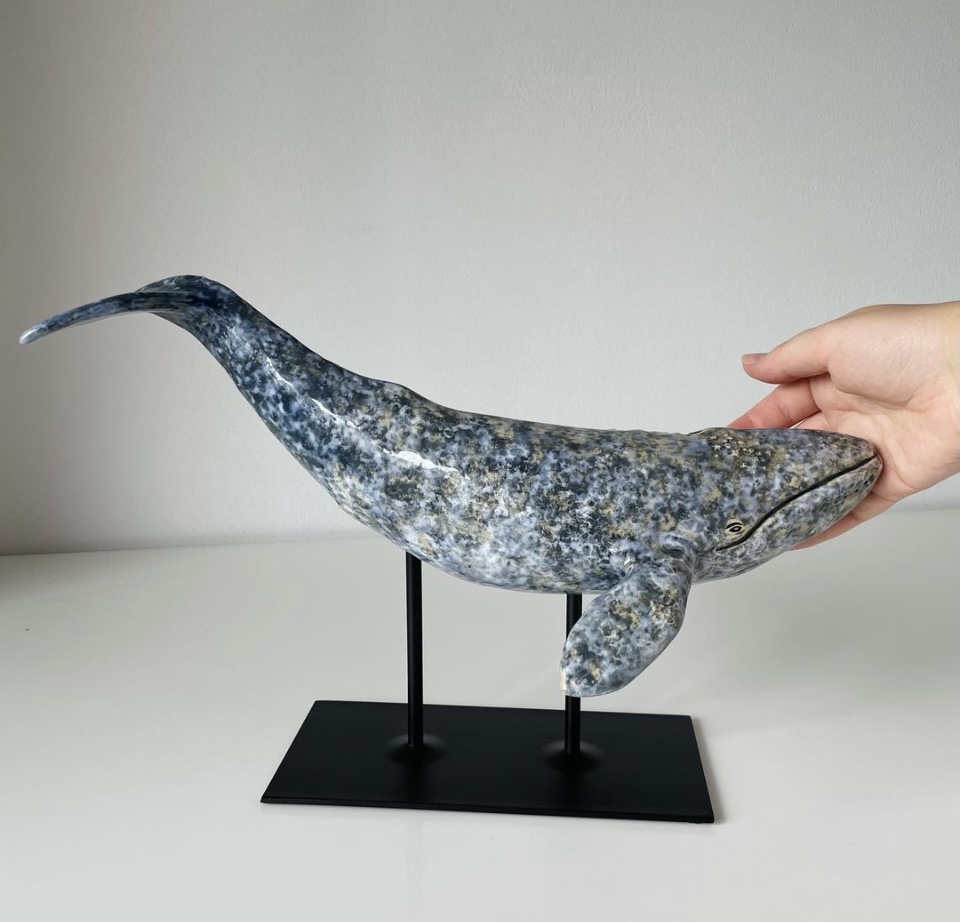
1. Earthenware
Definition and Characteristics
Earthenware, the oldest form of ceramics, has a history as rich and varied as the cultures that have shaped it. At its core, earthenware is made from clay that, when fired at temperatures typically below 1200°C, achieves a firm yet porous structure. This type of ceramic is distinguished by its relatively coarse texture and remarkable ability to retain heat, making it ideal for cooking and storing food. The colors of earthenware range from muted earth tones to deep reds and browns, reflecting the natural hues of the clay used. Its surface, often glazed for waterproofing and decoration, adds both functionality and aesthetic appeal.
History and Evolution
The story of earthenware is as old as civilization itself. Found in archaeological sites around the world, it serves as a testament to the ingenuity of our ancestors. The earliest pieces of earthenware, dating back to 14,000 BCE in East Asia, were simple but functional. As civilizations evolved, so did the techniques and styles of earthenware. In ancient Mesopotamia and the Indus Valley, it was used not only for practical purposes like cooking and storage but also for artistic expression. The Greeks and Romans further refined earthenware, introducing sophisticated glazing techniques and elaborate designs.
In the Middle Ages, earthenware was a household staple across Europe, Asia, and Africa. Each region imparted its unique cultural and artistic identity onto the clay, making earthenware a diverse and versatile medium. The Islamic world, particularly, was known for its intricate geometric designs and lustrous glazes. The Renaissance period saw a resurgence in the artistic value of earthenware, with Italian majolica becoming a prized possession in Europe.
Production Process
The production of earthenware begins with the sourcing of clay, which is then cleaned, shaped, and sometimes mixed with other materials to alter its properties. Once shaped, the clay is left to dry, a crucial step that prepares it for firing. The firing process, which historically took place in open pits or simple kilns, has evolved with technology but still retains the basic principles. Post-firing, many earthenware pieces are glazed, a process that not only makes them waterproof but also provides a canvas for artistic decoration.

Applications
Earthenware’s applications are as varied as its history. Traditionally used for pots, plates, and other kitchenware, its porous nature makes it ideal for cooking, as it allows slow and even heat distribution. Beyond the kitchen, earthenware has been used for architectural elements like tiles and bricks, artistic sculptures, and even as burial vessels in various cultures. In modern times, while other ceramics have taken over some of its functional roles, earthenware remains a popular choice for artisanal pottery and decorative objects, cherished for its rustic charm and warmth.
Examples
Notable examples of earthenware span across continents and epochs. The Terracotta Army of China, an extraordinary collection of sculpted soldiers, horses, and chariots, is perhaps one of the most famous examples of earthenware’s versatility and durability. African pottery, known for its beautiful symmetry and intricate patterns, showcases the continent’s rich tradition in earthenware craftsmanship. European earthenware, such as the German ‘Bartmann jugs and the English ‘Creamware’, demonstrates the evolution of style and technique in response to changing tastes and technologies.
In summary, earthenware is not just a type of ceramic; it is a narrative of human history, culture, and art. Its journey from the simplest cooking pots to elaborate artistic creations reflects our evolution as a species, mirroring our aspirations, innovations, and interactions with the material world. As we explore further into the world of ceramics, the humble yet profound nature of earthenware serves as a grounding reminder of our shared heritage and the enduring legacy of our ancestors’ hands and minds.
2. Stoneware
- Definition and Characteristics: Definition of stoneware, its composition, and key characteristics.
- History and Evolution: Brief history of stoneware and its evolution over time.
- Production Process: Detailed description of the production process, including materials and techniques.
- Applications: Common uses of stoneware in various industries and cultural significance.
- Examples: Notable examples of stoneware from different cultures and periods.
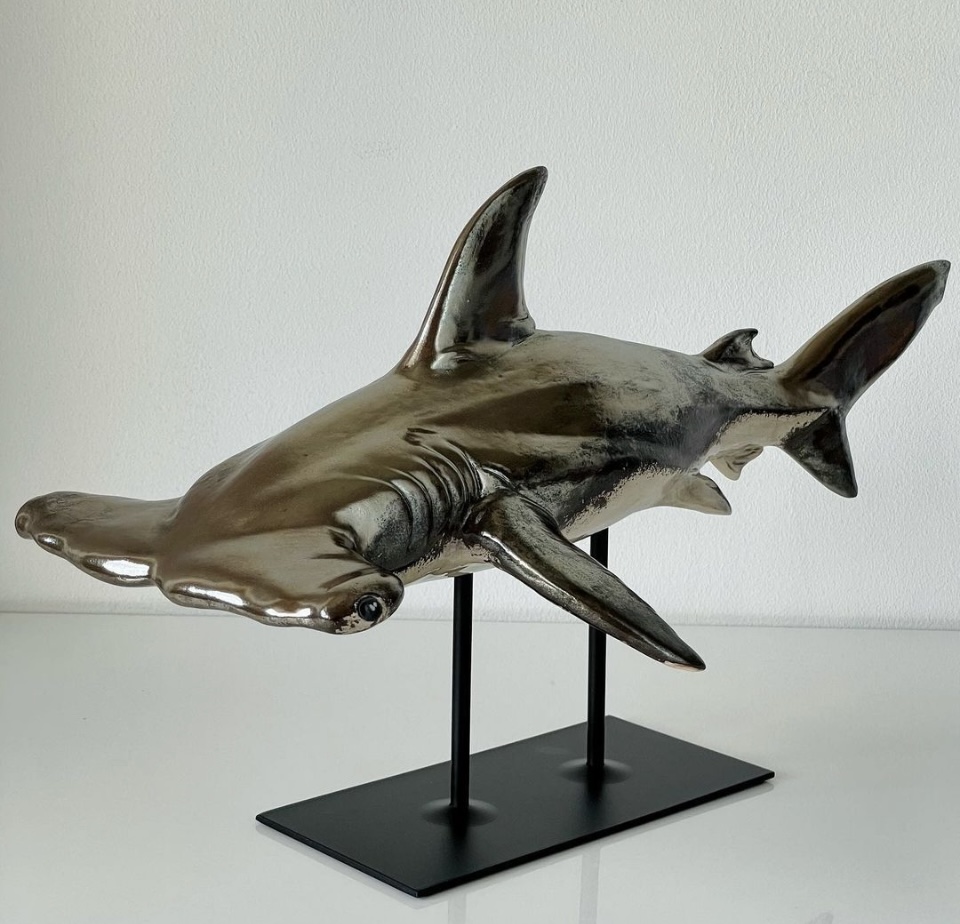
3. Porcelain
- Definition and Characteristics: Definition of porcelain, its composition, and key characteristics.
- History and Evolution: Brief history of porcelain and its evolution over time.
- Production Process: Detailed description of the production process, including materials and techniques.
- Applications: Common uses of porcelain in various industries and cultural significance.
- Examples: Notable examples of porcelain from different cultures and periods.
4. Advanced Ceramics
- Definition and Characteristics: Definition of advanced ceramics, their composition, and key characteristics.
- History and Evolution: Brief history of advanced ceramics and their evolution over time.
- Production Process: Detailed description of the production process, including materials and techniques.
- Applications: Uses of advanced ceramics in modern industries such as aerospace, medical, and electronics.
- Examples: Examples of advanced ceramic products and their impact on technology and industry.
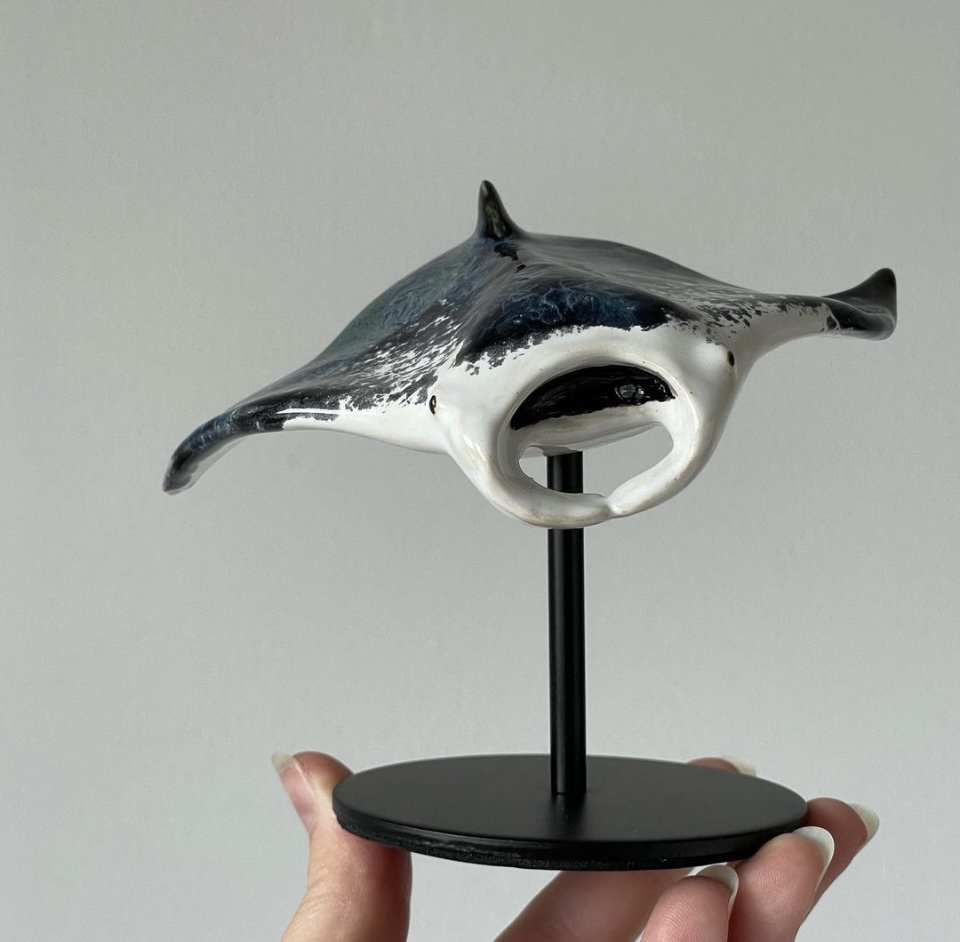
Comparison and Contrast
In the fascinating world of ceramics, each type possesses unique characteristics that set it apart from the others. While they all share the fundamental quality of being shaped from the earth and transformed by fire, the similarities often end there. This section aims to draw comparisons and contrasts between earthenware, stoneware, porcelain, and advanced ceramics, shedding light on their distinct properties, uses, and cultural significance.
Material Composition and Firing Temperature
- Earthenware is made from relatively coarse, porous clay and is fired at lower temperatures (between 1,000°C and 1,150°C). This results in a softer, more brittle material that is often glazed for waterproofing.
- Stoneware, on the other hand, is made from denser, less porous clay and is fired at higher temperatures (between 1,200°C and 1,300°C). This results in a stronger, more durable, and waterproof material even without glazing.
- Porcelain is made from refined clay, typically including materials like kaolin, and is fired at the highest temperatures (between 1,200°C and 1,450°C). This results in a vitrified, translucent, and very strong material.
- Advanced Ceramics differ significantly in composition, often using non-clay materials like alumina, silicon carbide, and zirconia. These are engineered for specific properties and are fired at various temperatures depending on the desired outcome.
Aesthetic and Functional Differences
- Earthenware is known for its rustic, earthy aesthetic. It’s often found in art and domestic pottery due to its rich textures and warm colors.
- Stoneware has a more refined look than earthenware, with a smooth finish and a variety of color possibilities. It’s commonly used for functional tableware and decorative pieces.
- Porcelain, with its fine, white, and often translucent body, is prized for its beauty and elegance. It’s commonly used in fine art, high-quality dinnerware, and decorative objects.
- Advanced Ceramics are not typically used for their aesthetic qualities but for their physical properties. They are found in industrial and technological applications where durability, heat resistance, and strength are paramount.
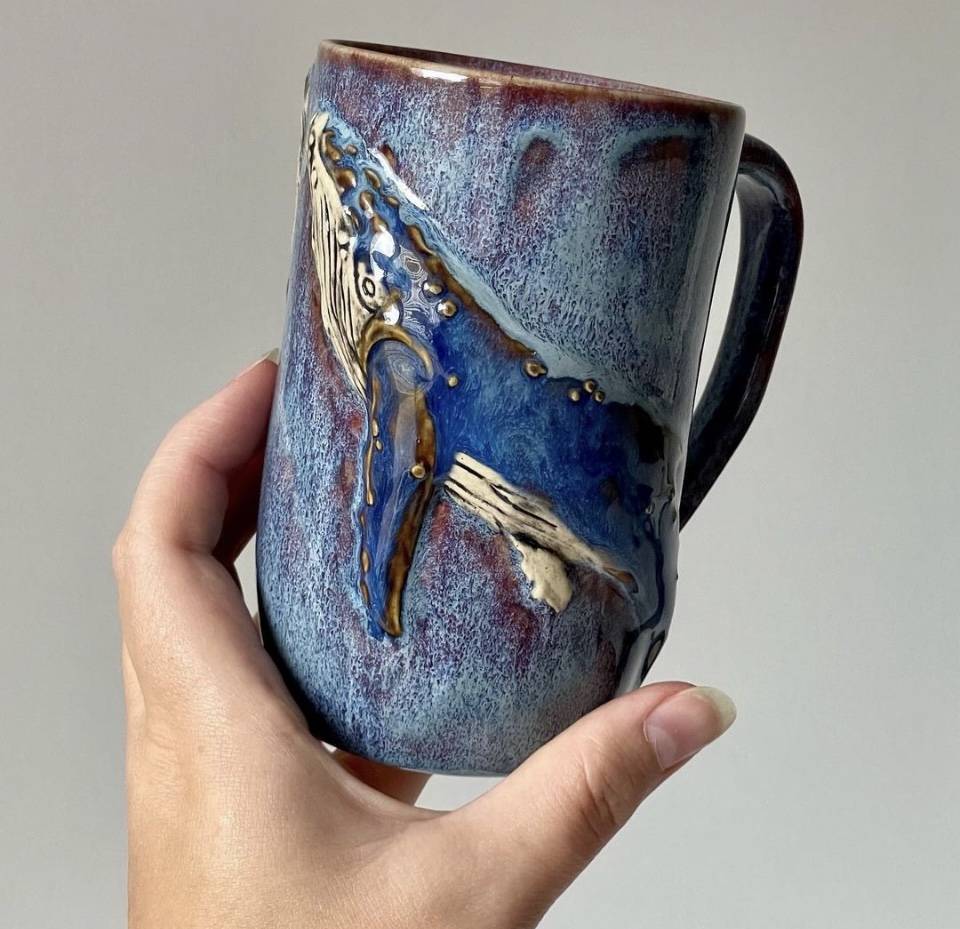
Historical and Cultural Context
- Earthenware has a rich history that spans various cultures, symbolizing the beginning of ceramic art and utility.
- Stoneware became popular for its practicality and durability, often seen in historical cooking pots, storage vessels, and tableware.
- Porcelain has a storied past, especially in Asia and Europe, where it was a symbol of wealth and refinement.
- Advanced Ceramics represents the future, showcasing how modern science has expanded the role of ceramics far beyond traditional uses.
Environmental Impact and Sustainability
- The production of earthenware and stoneware, which uses natural clays and lower firing temperatures, generally has a smaller environmental footprint.
- Porcelain, requiring high firing temperatures and often rare materials, can have a greater environmental impact.
- Advanced Ceramics involve complex manufacturing processes, but their long-lasting properties and roles in energy-efficient technologies can offset their initial environmental cost.
By comparing and contrasting these four types of ceramics, we gain a deeper understanding and appreciation for each. From the humble beginnings of earthenware to the sophisticated elegance of porcelain and the cutting-edge applications of advanced ceramics, this journey through the ceramic world highlights the diversity and adaptability of one of humanity’s oldest art forms.
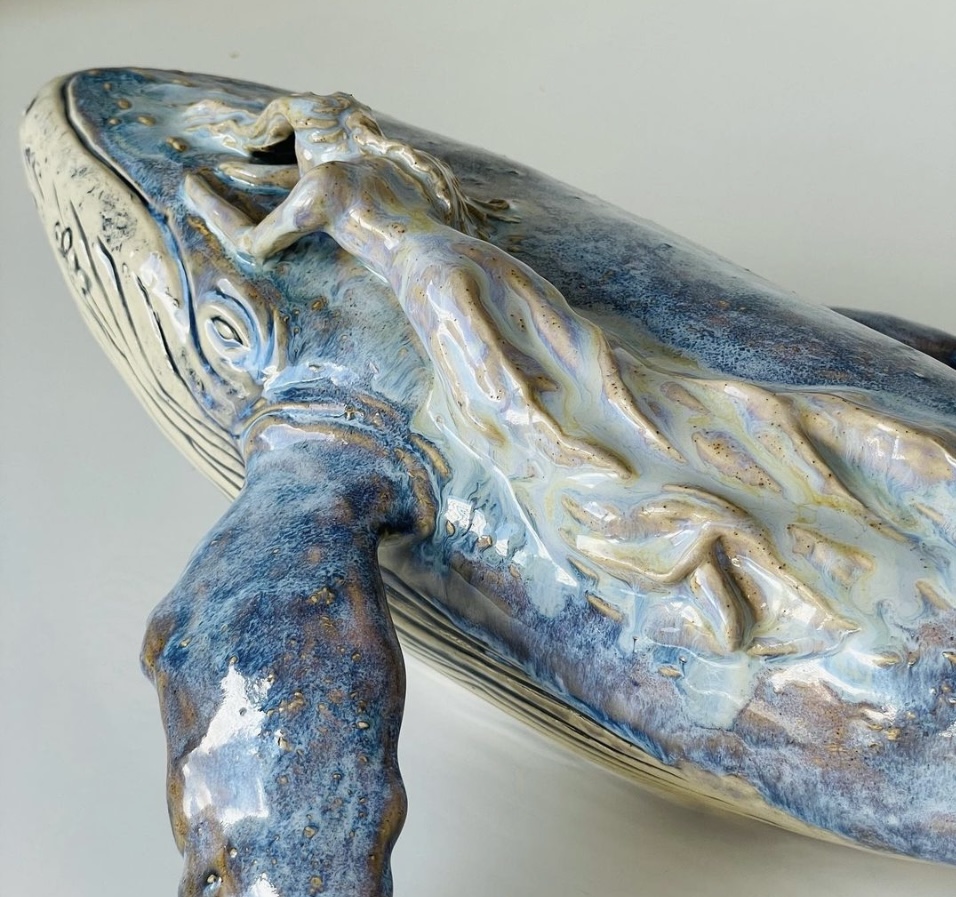
Conclusion
As we reach the end of our exploration into the diverse world of ceramics, it is clear that the realm of ceramic materials is as vast as it is profound, spanning from the rudimentary earthenware of ancient civilizations to the sophisticated advanced ceramics pivotal in modern technological advancements. The journey through the four principal types of ceramics – earthenware, stoneware, porcelain, and advanced ceramics – not only showcases a remarkable spectrum of material properties and uses but also reflects the ingenuity and creative spirit of humanity.
Earthenware, the most ancient of these, reminds us of our earliest endeavors in crafting utilitarian and decorative items from the very earth beneath our feet. Its porous nature and varied textures speak to a simplicity that is deeply rooted in our cultural heritages across the globe. Stoneware, with its greater strength and durability, represents a step forward in technological evolution, serving purposes that range from daily household items to artistic expressions that have stood the test of time.
Porcelain, often termed ‘white gold,’ brought with it an air of elegance and refinement. Its development in ancient China and subsequent spread across the continents narrates a tale of cultural exchange, artistic inspiration, and technological secrets long guarded. The translucency, strength, and beauty of porcelain have made it a perpetual symbol of sophistication and artistic achievement in ceramics.
Advanced ceramics, the frontier of ceramic materials, epitomize the pinnacle of scientific and engineering progress. These materials are at the heart of numerous modern technologies, driving innovations in fields as varied as electronics, aerospace, medicine, and energy. The properties of advanced ceramics – such as their thermal resistance, strength, and lightweight nature – are pivotal in applications that were once thought impossible.
The story of ceramics is, in many ways, a mirror of human progress. From the humble beginnings of shaping clay by hand to the precision of producing materials at the nanoscale, ceramics have not just been a part of our material culture; they have been central to our survival, our expression, and our innovation. As we look to the future, the potential of ceramics seems boundless. With ongoing research and development, especially in the realm of advanced ceramics, we stand on the cusp of discoveries that could redefine our technological capabilities and further our understanding of material science.
In contemplating the journey of ceramics from ancient earthenware to futuristic materials, we are reminded of the ever-evolving relationship between human creativity, material science, and technological advancement. This relationship, marked by curiosity and the relentless pursuit of improvement, has not only shaped the world of ceramics but also the very world we live in.
As we continue to explore and push the boundaries of what is possible with ceramic materials, we carry forward a legacy that is as old as civilization itself. The future of ceramics, rich with potential and possibilities, is not just about new materials and technologies; it’s about continuing a story that has been unfolding since the first human-shaped clay with hands. It’s a story of transformation, innovation, and, above all, the enduring human spirit.
